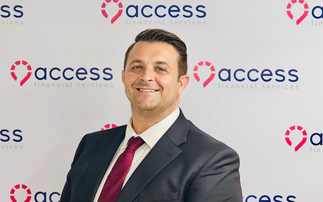Protection adviser Matthew Chapman returns with another tip to opening conversations
Welcome back. My second top tip for making income protection (IP) more relatable involves getting your client to think about their own finances in much greater detail. This interactive and thought-provoking activity will not only get your client more engaged in the protection discussion but will help to highlight their need for IP.
In my opinion, this exercise is aMUSTfor mortgage advisers who are already assessing income and expenditure as part of their affordability calculations.
Tip Two = The DIE Principle
The most effective way to get your client to agree to with your recommendation for IP is for them to have concluded they need it before you even begin.
To achieve this, I often ask my clients to go through a recent bank statement placing a D, I or E next to each item. The DIE letters denote a Desirable, Essential or Important expense.
Essential items (E) are those expenses that you cannot avoid paying even if you are off work and include any credit commitments. This includes rent or mortgage payments, car finance, utilities and groceries.
Important expenses (I) are not essential but remain very important and can include things such as a broadband or mobile phone connection. Although not essential, life wouldn't be much fun without the ability to communicate with loved ones.
Desirable expenses (D) are all those items that make life worth living. Neither essential nor important in terms of your ability to survive, they are very reason we get up and go to work every day. Think, birthday and Christmas presents, the TV package, the family holiday or that Friday night takeaway with the family you look forward to each week.
Your client can always add more lines and items to the statement if there are other desirable things missing from that month.
Next, get the client to draw a line through anything they have not labelled as either Desirable, Important or Essential - these are the expenses the client is happy to live without.
At the end, get the client to add up all the D, I and E expenses.
Having done so, the client has effectively provided you with the level of monthly income (or IP benefit) they feel they would need in order to maintain an acceptable level of lifestyle. Job done!
Matthew Chapman is business & practice protection expert at Plus Protect. Find him on LinkedIn.











